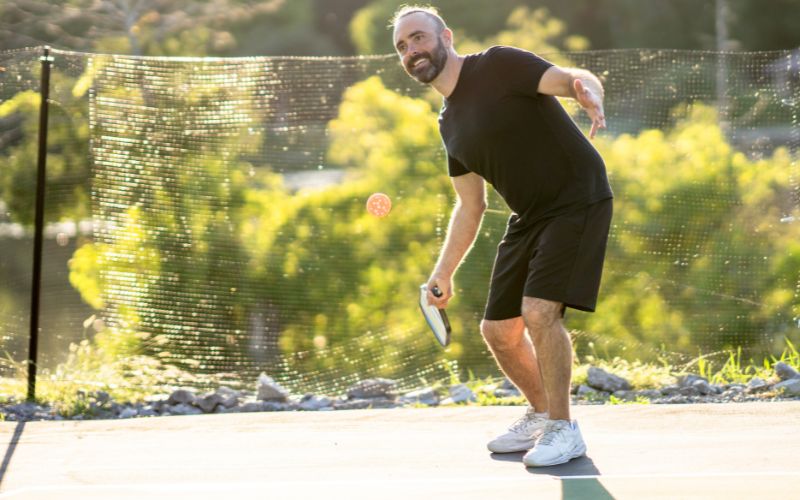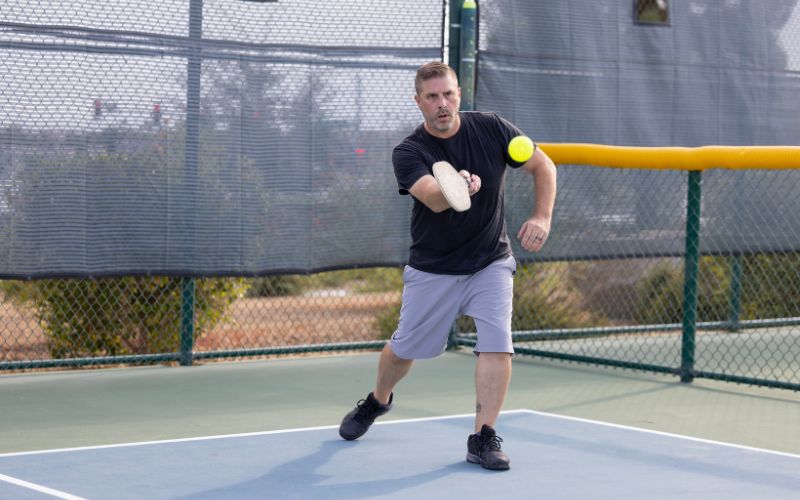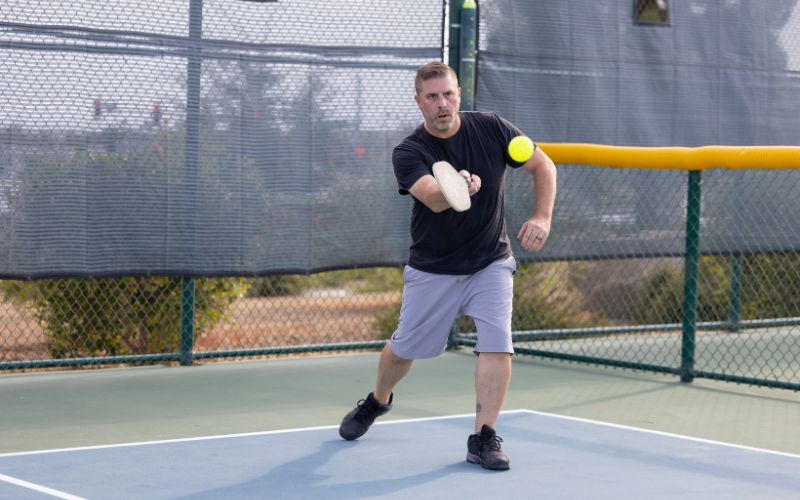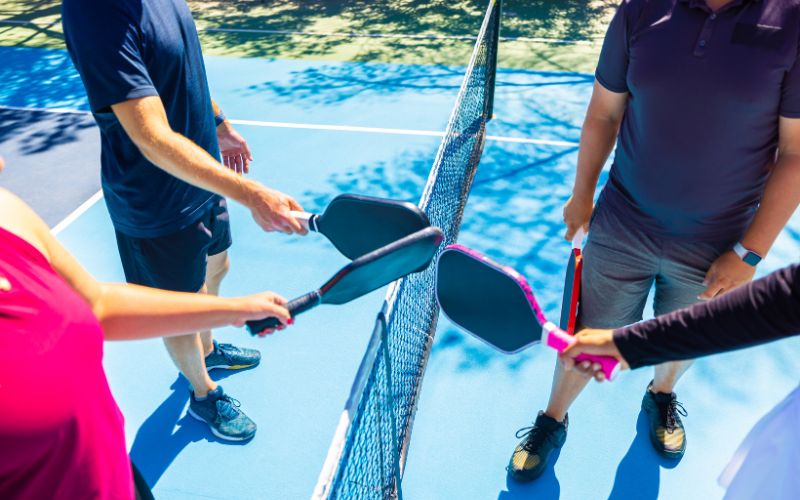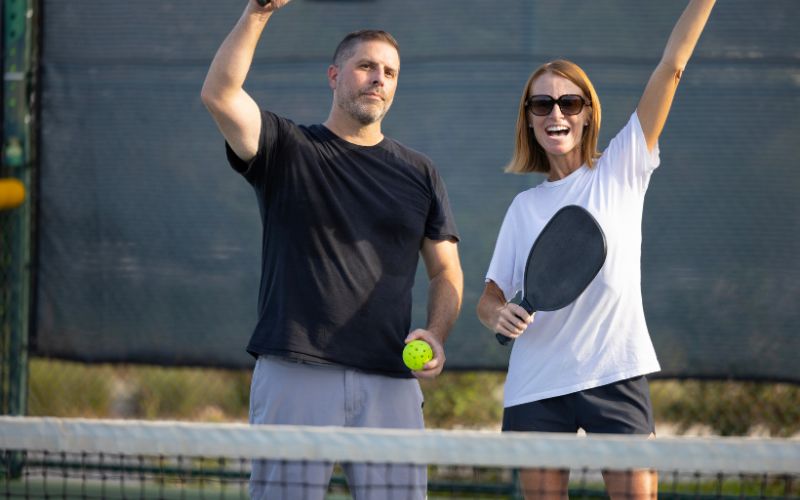Pickleball, a fast-paced and engaging sport, is renowned for its strategic gameplay and dynamic rallies. Among the various techniques and skills involved, returning a spin serve holds particular significance. Spin serves can be daunting for many players, but with the right approach and technique, they can be effectively countered. In this guide, we will delve into the nuances of returning spin serves in pickleball, offering insights and strategies to enhance your game.
Understanding Spin Serves in Pickleball
What Are Spin Serves?
Spin serves in pickleball involve imparting spin on the ball during the service motion. These serves can vary in terms of spin type, including topspin, backspin, and sidespin. The spin alters the trajectory and bounce of the ball, making it challenging for the receiving player to predict its path accurately.
Impact of Spin Serves
Spin serves add an extra layer of complexity to the game, requiring receiving players to adjust their positioning and paddle angle to effectively return the ball. The spin can cause the ball to bounce higher, lower, or veer off to the side, posing challenges for the receiving team.
Techniques for Returning Spin Serves
Positioning and Anticipation
Positioning is crucial when preparing to return a spin serve. Anticipate the direction and type of spin the server is likely to employ based on their stance and paddle angle. Position yourself slightly behind the baseline with your paddle raised and ready to react.
Adjusting Paddle Angle
Adjusting your paddle angle is key to handling spin serves effectively. For topspin serves, angle the paddle slightly downward to counteract the upward motion of the ball. Conversely, for backspin serves, angle the paddle upward to compensate for the ball’s downward spin. For sidespin serves, anticipate the direction of the spin and angle your paddle accordingly to redirect the ball.
Soft Hands and Controlled Contact
Maintain soft hands and controlled contact when returning a spin serve. Avoid excessive force, as it can cause the ball to bounce erratically. Instead, focus on timing your contact with the ball and allowing the paddle face to absorb the spin while redirecting it back towards the opponent’s court.
Footwork and Balance
Good footwork and balance are essential for executing effective returns. Maintain a stable stance with your feet shoulder-width apart, allowing for quick adjustments to the ball’s trajectory. Stay light on your feet and be prepared to move dynamically to meet the incoming serve.
Reading the Spin
Developing the ability to read the spin of the ball is a valuable skill in pickleball. Observe the server’s paddle angle and the motion of the ball to discern the type and direction of the spin. With practice, you can anticipate spin serves more effectively and position yourself accordingly for optimal returns.
Execute a Well-Timed Split Step
Just before your opponent initiates their serve, execute a split step. This maneuver involves a quick hop into the ready position, widening your stance to shoulder-width or beyond, ensuring preparedness to react to the oncoming shot.
Keep Your Paddle Positioned in Front of Your Body
While it may seem less taxing to keep your paddle at your side, it won’t contribute significantly to winning pickleball matches. Instead, maintain your paddle slightly ahead of your body, angled at approximately 45 degrees, enabling you to anticipate and execute forehand spin serve or backhand shots effectively.
Strategies for Handling Different Pickleball Spin Serve
Topsin Serves
Topsin serves typically result in a higher bounce trajectory. To counteract this, position yourself slightly farther back from the baseline and angle your paddle downward to meet the ball at waist level. Focus on making clean contact with the ball to control its trajectory and direction.
Backspin Serves
Backspin serves tend to produce a lower bounce trajectory, making them trickier to return. Anticipate the ball’s downward spin and angle your paddle upward to lift the ball over the net. Use a gentle sweeping motion to generate lift and accuracy in your return shot.
Sidespin Serves
Sidespin serves can curve unpredictably, requiring quick reflexes and precise paddle placement. Anticipate the direction of the spin and adjust your paddle angle accordingly. Use a combination of wrist movement and paddle control to redirect the ball towards your desired target on the opposing court.
Conclusion
Returning spin serves in pickleball is a skill that requires practice, patience, and strategic awareness. By mastering the techniques and strategies outlined in this guide, you can effectively neutralize the impact of spin serves and gain a competitive edge on the pickleball court. Remember to stay focused, adapt to your opponent’s tactics, and continually refine your skills to elevate your pickleball game to new heights.
Frequently Asked Questions (FAQs) on Returning Spin Serves in Pickleball
1. What makes spin serve challenging returns in pickleball?
Spin serves in pickleball introduce a level of unpredictability to the game. The spin applied to the ball during service alters its trajectory and bounce, making it challenging for receiving players to anticipate its path accurately.
2. How important is positioning when returning spin serves?
Positioning is paramount when preparing to return spin serves. Anticipating the direction and type of spin the server employs based on their stance and paddle angle allows players to position themselves effectively, enhancing their ability to return the serve successfully.
3. What role does paddle angle play in returning spin serves?
Adjusting the paddle angle is crucial for handling spin serves effectively in pickleball. For topspin serves, angling the paddle slightly downward helps counteract the upward motion of the ball, while for backspin serves, angling the paddle upward compensates for the ball’s downward spin. Similarly, for sidespin serves, players must angle their paddles to redirect the ball accurately.
4. How can players improve their ability to read spin serves?
Developing the ability to read the spin of the ball is essential for successful returns in pickleball. Observing the server’s paddle angle and the motion of the ball assists players in discerning the type and direction of spin, allowing them to anticipate spin serves more effectively and position themselves accordingly.
5. What are some effective strategies for handling different types of spin serves?
Players can employ various strategies for handling different spin serves in pickleball. For topspin serves, positioning slightly farther back from the baseline and angling the paddle downward helps control the higher bounce trajectory. Conversely, for backspin serves, angling the paddle upward assists in lifting the ball over the net, while adjusting paddle angle and wrist movement aids in redirecting sidespin serves effectively.

